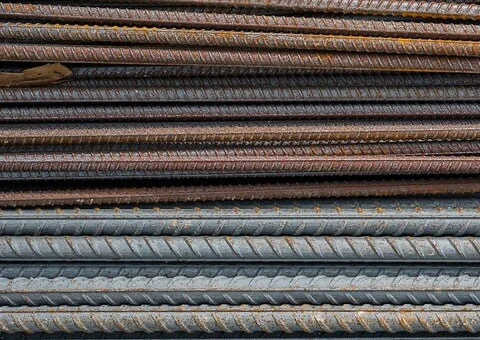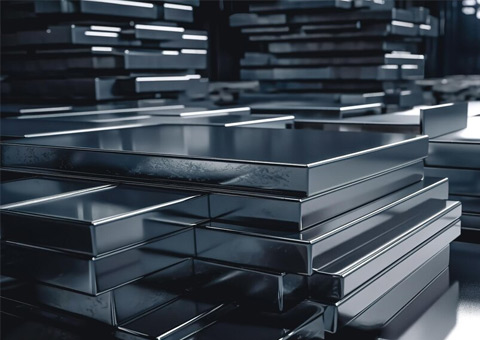With the week ending on January 10th, the global Steel Rebar market presented a mixed price trend, with regional variations shaped by unique supply and demand dynamics. The U.S. and Germany market experienced stability in prices, supported by steady demand and supply. Meanwhile, in China prices dipped driven by boosted production efficiency and low demand.
The U.S. Steel Rebar market remains stable during this week, with prices holding steady despite slight declines in both supply and demand. On the supply side, U.S. steel production has struggled to operate at full capacity during the last week of December. This underutilization largely stems from ongoing challenges faced by domestic producers, who are grappling with several obstacles, including elevated production costs and the need to maintain competitive pricing against global markets. Compounding these difficulties are trade measures, notably the continuation of anti-dumping duties on imports from countries like Belarus and China. While these duties are designed to protect domestic manufacturers from unfair competition. On the demand front, signs point to a decline in activity, particularly in the construction sector, which is a significant consumer of Steel Rebar. Seasonal reductions in shipments and a decrease in export volumes have contributed to a more restrained outlook among manufacturers. Additionally, as builders and contractors adopt a cautious approach in their expenditures, the overall demand for Steel Rebar is anticipated to remain subdued in the short term.
The German Steel Rebar market has maintained stable prices this week, characterized by a balanced interplay between supply and demand dynamics.On the supply side, the holiday season has played a crucial role in supporting consistent production levels across the sector. Additionally, manufacturers have effectively harnessed this period to recalibrate their operations, ensuring that supply chains remain functional and responsive to market needs. The ability to sustain production during this time reflects readiness and flexibility in the face of potential demand fluctuations. However, environmental regulations enacted during the winter months introduce additional layers of complexity, potentially limiting activity in certain sectors. These regulations compel manufacturers to adapt their processes, which influenced future supply dynamics as compliance becomes a critical factor in operational planning. Examining the demand side for Steel Rebar, seasonal trends have significantly impacted order volumes. Year-end project deadlines have fostered a predictable flow of rebar orders, providing a stabilizing influence on market demand.
The China Steel Rebar market is currently experiencing a price decrease of 1.1%, a shift primarily driven by evolving supply and demand dynamics. On the supply side, the Steel Rebar market in China has benefited from a positive environment in the iron ore sector, characterized by increased imports at lower costs. This development has empowered manufacturers to optimize production processes, ultimately leading to enhanced production capabilities. Conversely, demand for Steel Rebar has softened slightly during this period. Seasonal consumer interest, which typically fosters heightened purchasing activity, has not materialized into significant order volumes. One of the driving forces behind this shift is the Chinese government’s prioritization of new energy vehicles (NEVs), which has redirected attention and resources away from traditional automotive materials, including those typically required for steel production. This decline in demand for Steel Rebar signals potential caution among buyers as they reassess their procurement strategies amidst broader economic shifts.
According to ChemAnalyst, Steel Rebar prices in the USA are projected to rise, propelled by strong buying activity. In contrast, prices for Steel Rebar in Germany and China are expected to decline owing to reduced market confidence and sufficient supply levels.
Source : https://www.chemanalyst.com

